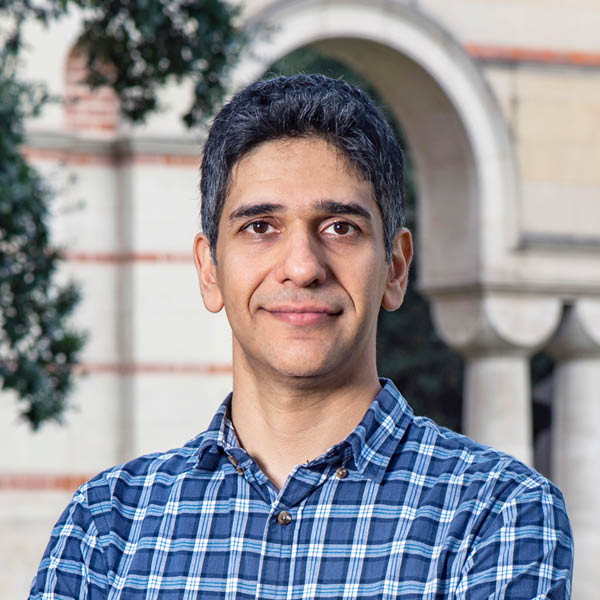Farshid Emami specializes in the history of architecture, urbanism, and the arts in the Islamic lands, with a focus on the early modern period and particularly Safavid Iran. His scholarly interests include global histories of early modernity, interactions of architecture and literature, social histories of the arts, and artistic exchange in the Persianate lands and beyond. His forthcoming book, Isfahan: Architecture and Urban Experience in Early Modern Iran (Penn State University Press, Spring 2024), offers a new narrative of the architecture and urbanism of seventeenth-century Isfahan, the Safavid capital, through the analytical lens of urban experience. Drawing on primary sources, the book takes the reader on journeys through Isfahan’s markets, promenades, and coffeehouses, bringing to life the social landscapes that animated the lives of urban dwellers and shaped their perceptions of themselves and the world. Emami’s studies of early modern Isfahan have been published in the Metropolitan Museum Journal (2019), Journal for Early Modern Cultural Studies (2018), and Muqarnas (2016). He has also written on topics such as lithography in nineteenth-century Iran and modernist architecture and urbanism in the Middle East.
Trained as an architect and urban designer, Farshid Emami earned a master’s degree in Architecture Studies from MIT in 2011. He completed his Ph.D. in History of Art and Architecture at Harvard University in 2017. Prior to joining Rice in 2020, he taught at Oberlin College for 2.5 years and was an Andrew M. Mellon Fellow at the Metropolitan Museum of Art.
At Rice, Farshid Emami teaches introductory survey courses on art history and Islamic art and architecture. He also teaches an undergraduate course on the global history of coffeehouses and teahouses. Recent seminars have addressed topics such as Persianate Arts of the Book; Architecture and Literature in Islamic Cultures; Art of the Object: Craft, Sensory Experience, and Materiality in Islamicate Lands; and Architecture, Trade, and Power in Early Modern Islamic Empires.
Books
Isfahan: Architecture and Urban Experience in Early Modern Iran (University Park: Penn State University Press, forthcoming April 2024).
Selected Articles and Essays
“Religious Architecture of Safavid Iran,” in The Religious Architecture of Islam, Vol. 1, Asia and Australia, eds. Hasan-Uddin Khan and Kathryn Blair Moore (Turnhout: Brepols, 2021), 256–73.
“All the City’s Courtesans: A Now-lost Safavid Pavilion and its Figural Tile Panels,” Metropolitan Museum Journal 54 (2019): 62–86.
“Royal Assemblies and Imperial Libraries: Polygonal Pavilions and their Functions in Mughal and Safavid Architecture,” South Asian Studies 35, no. 1 (2019): 63–81.
“Discursive Images and Urban Itineraries: Literary Form and City Experience in Early Modern Iran,” Journal for Early Modern Cultural Studies 18, no. 3 (2018): 154–186.
“The Lithographic Image and its Audiences,” in Technologies of the Image: Art in 19th-Century Iran, ed. David J. Roxburgh and Mary McWilliams (Cambridge, Mass.: Harvard Art Museums, 2017), 55–79.
“Coffeehouses, Urban Spaces, and the Formation of a Public Sphere in Safavid Isfahan,” Muqarnas: An Annual on the Visual Culture of the Islamic World 33 (2016): 177–220.
“Urbanism of Grandiosity: Planning a New Urban Centre for Tehran (1973–1976),” International Journal of Islamic Architecture 3, no. 1 (2014): 69–102.

